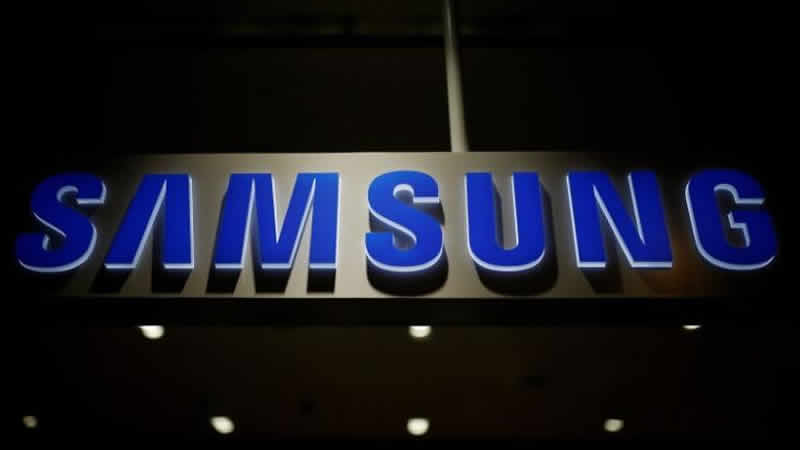![]() In a valley known for what Steve Jobs calls “boring” office parks, Apple has the chance to reinvent Silicon Valley architecture the way it has changed everything we know about technology. And with Facebook and Google and other tech titans laying out visions for new campuses, many hope this could be the dawn of a new look that defines the birthplace of tech. In typical grandiose style, Jobs unveiled plans for a four-story spaceshiplike sphere of glass and steel by a renowned architecture firm, saying it gives Apple “a shot at building the best office building in the world.”
In a valley known for what Steve Jobs calls “boring” office parks, Apple has the chance to reinvent Silicon Valley architecture the way it has changed everything we know about technology. And with Facebook and Google and other tech titans laying out visions for new campuses, many hope this could be the dawn of a new look that defines the birthplace of tech. In typical grandiose style, Jobs unveiled plans for a four-story spaceshiplike sphere of glass and steel by a renowned architecture firm, saying it gives Apple “a shot at building the best office building in the world.”
And if the design-obsessed billionaire is as successful with his new headquarters as he is with his iProducts, architecture enthusiasts and culture buffs hope it will put the “there there” in the sprawling Silicon Valley. “Because of the way Silicon Valley started in garages and warehouse-style buildings, when you try to explain what Silicon Valley is to people, it’s hard right now,” said Harry Mavrogenes, executive director of San Jose’s redevelopment agency. “A few companies have started building more unique buildings, but the thought of having some very unique architecture aimed at the future could very well develop a style and a strong identity for Silicon Valley.”
According to the city of Cupertino, Jobs has hired London-based Norman Foster and Partners, a company known for its iconic, modernist masterpieces, including the so-called “pickle” building in London. as well as two buildings on the Stanford University campus: the James H. Clark Center and the Center for Clinical Science Research. The firm would transform 150 acres, including buildings Apple bought from Hewlett-Packard, across Interstate 280 from the current Apple headquarters. While the building and underground parking would take up 20 percent of the property, apricot orchards and parklike landscaping would cover the rest.
“I’m very happy to see a company like Apple hiring one of the best architects for their project,” said Tom Buresh, chairman of UC Berkeley’s architecture department. “Apple’s done a great job in terms of product designs, not just functionality, but design and aesthetics. It’s fantastic they are taking that to the building level.” The project comes as Google and Facebook also have plans on the drawing board to accommodate growing workforces. Google has hired Ingenhoven Architects, an award-winning German firm specializing in green design from Sydney to Stuttgart, to develop plans for a new campus in Mountain View. Although no sketches have been released, Ingenhoven’s résumé suggests it will produce an innovative, eye-catching design: a bank headquarters it designed in Luxembourg features a tubular glass-and-steel structure, and a 30-story office tower in Sydney includes an atrium that runs up the entire height of the skyscraper, providing ventilation and light.
While Facebook is not promising an architectural gem when it renovates the Sun Microsystems campus in Menlo Park, it will definitely reflect what the company’s facilities director calls Facebook’s “startup, scrappy culture.” “What we’re doing is a little bit different from this monolithic architecture that Apple is planning. It looks like their products — perfectly designed,” said John Tenanes, Facebook’s director of facilities who is also an architect. Instead of renovating the facade of the 10 existing low-rise buildings, Facebook will focus on opening up the interior walls to allow more natural light and creating an outdoor European-style streetscape inside the ring of buildings.
“We think of our campus as a system, almost like a miniature downtown,” Tenanes said. “They won’t go by and say that this is the coolest architecture. It will be ‘Oh, there’s Facebook there in that building?” While the early look at Apple’s new headquarters design was greeted with enthusiasm by many, some saw flaws. Noemi Avram, former president of the San Mateo American Institute of Architects, said her first impression is that “it’s more of a corporate image than it is a reflection of a high-tech iconic image for the entire Silicon Valley. It looks like it stands alone, sits in the middle of nowhere and is not connected.” While it might be impressive from the air, she said, “at the pedestrian level, it’s just a regular office building with a curvilinear facade.”
San Jose architecture critic Alan Hess also questioned the function of “this huge circle.” “How are people inside going to communicate?” he asked. “Are they going to be walking around miles and miles of corridors to get to a conference room or use an internal tram system? Maybe they will rely on computer connections.” San Jose is home to a host of impressive public buildings, including the modernist airport, its Richard Meier-designed City Hall and Legorreta-designed Tech Museum of Innovation. But the design for the Apple headquarters will clearly set a new standard for architectural and sustainable design in a valley that has grown around the ubiquitous tilt-ups that replaced its orchards.
In the 1950s, the IBM building in South San Jose reflected its place and time and was used in Chamber of Commerce marketing materials of “why industry would want to come here because were are cutting edge,” said Heather David, author of “Mid-Century by the Bay,” a 2010 book highlighting the region’s architecture. Apple’s plan could have the same effect, she said. “If we are a region attempting to reflect innovation,” David said, “Apple is about thinking toward the future and being creative. I think it would be great to have a building that reflects that concept.” – mercurynews










